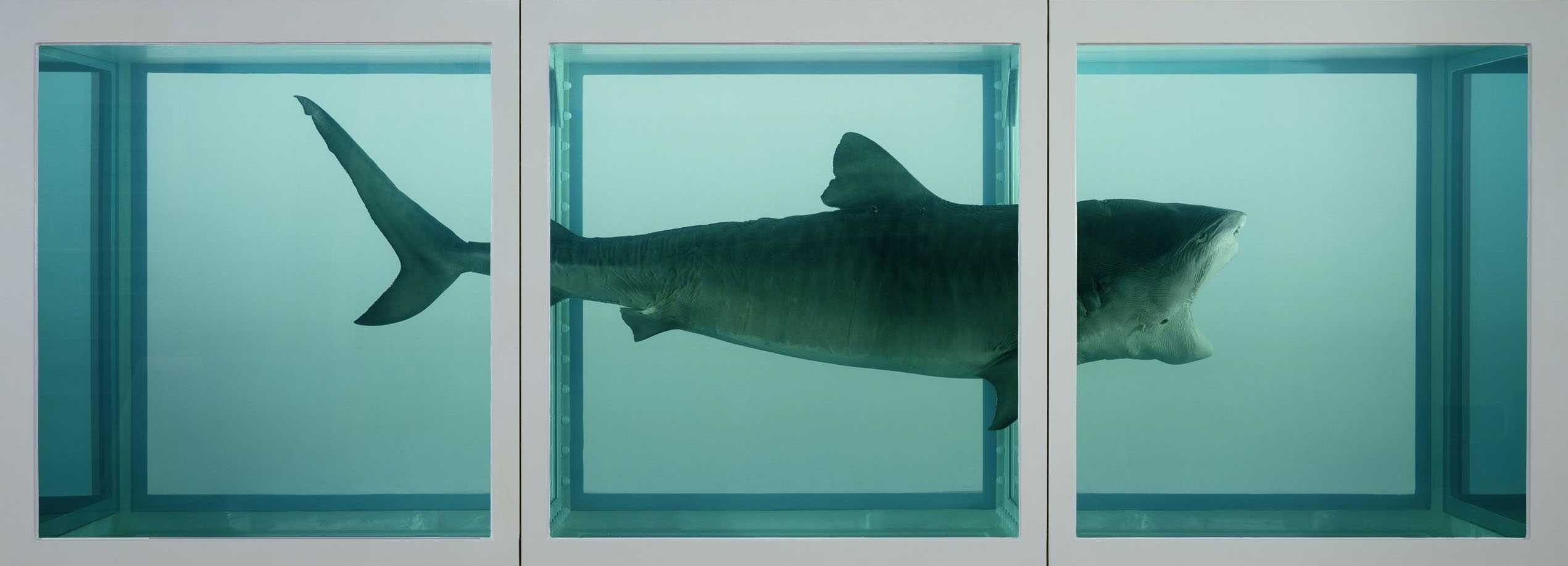Arts and Culture

The Physicality Impossibility of Death
Contemporary artist Damien Hirst opens his first solo exhibition at he Institute of Contemporary Arts. The gallery space consisted of two works of art: Butterfly Paintings and Ashtrays and White Paintings and Live Butterflies. In the upstairs space butterflies would emerge from their pupae, which was attached to a white canvas. The work was meant to capture the life cycle of the insects. Downstairs, there were monochrome butterfly paintings surrounded by ashtrays to give the feeling of a private show. The exhibition proved to be his most important one and gave him an emerging career. The usual themes of Hirst’s work, life, death, and symbols are incorporated into the art. Fueled by his success in these representations, he later created his most infamous work about death, The Physical Impossibility of Death in the Mind of Someone Living.
Science, Technology, and Ideas
In 1991 the Super Nintendo Entertainment system was released in North America. The console brought a revolutionary change in gaming capabilities. It introduced advanced graphics and sound functions. The 16-bit design allowed for simulated 3-d graphics that was uncommon. Nintendo later released enhancement chips that made the quality even better. It was the best selling console of the time and still remains one of the best ever designed due to its improvement over the competition.
Social Change
Peg Yorkin donated 10 million dollars to the Feminist Majority Foundation. Yorkin, the chair and co-founder of the foundation, set a record for the largest contribution ever made for women’s rights. The donation set in motion a call for women to take action and to ensure the feminism legacy. The gift lead to two major movements of the foundation. The first was an endowment to help make an anti-progestin drug more readily available to women. The second was a new campaign for gender equality in the Los Angeles Police Department. They called for an investigation of the relationship between the gender composition and police brutality, citing that research shows women in police departments reduces violence and increased responses to domestic violence.
War, Politics, and Nature
1991 saw the dissolution of the Soviet Union. The political unrest led to the fractionalization into separate twelve republics of the Soviet Union. It also led to the end of the Cold War and Communist rule. The dissolution allowed NATO and the Warsaw Pact to end hostilities and therefore ending the Cold War.

Nice post. I saw The Physical Impossibility of Death in the Mind of Someone Living at the MET in Manhattan. Raw.